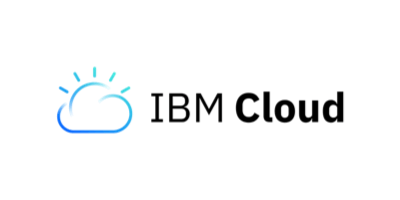Overview
Baffle supports integration with HashiCorp Vault to function as a key management store and enable storage of encryption keys via a REST API. The integration establishes a two-tier key hierarchy which creates key-encryption-keys (KEK) and data encryption keys (DEK) via Vault.
The respective keys can be sourced using Baffle’s Advanced Data Protection to encrypt data in virtually any database or data store both on-premise or in cloud. Below is a quick demonstration that shows the integration and using HashiCorp as a key management store.
Architecture
This diagram represents a simplified view of the integration with HashiCorp Vault. By utilizing Baffle's key virtualization layer, the Baffle Shield sources encrypted DEKs which are decrypted using the Key Encryption Key (KEK) and then mapped to respective fields and/or records to enable field/record level encryption in a database or data store.
Configuration Steps
NOTE: Below is a high-level sequence of configuration steps. More detailed documentation is available from Baffle technical support.
- Configure Vault
- Enable a Vault user policy
#DEK Access for V1 and V2 KV engine - with namespace path "baffle/baffle-manager/secret/*" { capabilities = ["create", "read", "update", "delete", "list"] } # Wide access to transit engine within baffle/sdk-team namespace path "baffle/baffle-manager/transit/*" { capabilities = [ "create", "read", "update", "delete", "list" ] } - Create an auth token for the above policy
- Configure Baffle to use Hashicorp Vault by specifying the auth token
- Create a data protection policy in Baffle
- Run data migration on the data set or access the data from your respective application
For more information on Baffle Advanced Data Protection click here
Schedule a live demo with one of our solutions experts to get answers to your questions


